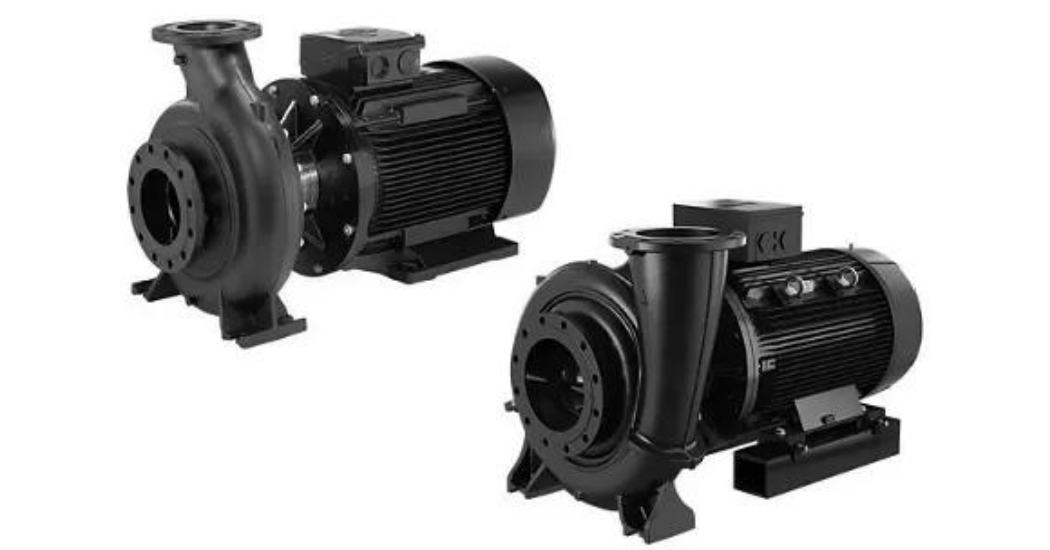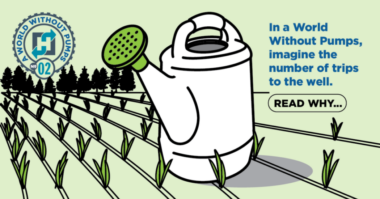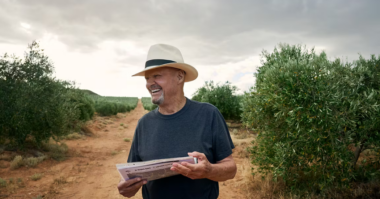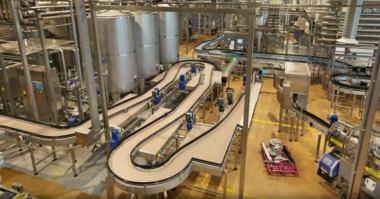The effective irrigation of crops contributes significantly to alleviating poverty and combating food scarcity in Africa. Poverty, access to water, and people’s livelihoods are interconnected and manifest in localized and household-level effects to national-level impacts. At the same time, water is becoming a scarce resource in many countries, particularly in Sub-Saharan African regions, like Ethiopia. As a land of hydrological extremes, Ethiopia is often referred to as the “water of East Africa” due to its mountainous highlands with a large share of water resources and heavy seasonal rainfall which rejuvenate the rivers that span over a large area despite over 60% of the country’s land mass which is arid or semi-arid.
The Awash river is one of the major rivers in Ethiopia that is highly utilized and serves as a source of drinking water for rural communities, hydropower, and fisheries. Farmers around the Awash river basin rely on diesel or petrol pumps to lift surface water and shallow groundwater and to irrigate vegetables and wheat crops. However, high fuel costs and limited access to fuel affect farmers, particularly those far away from markets with limited access to roads. Solar-powered pumps have proven to provide a means for farmers to overcome energy-related cost constraints for irrigation. For farmers near the Awash river basin, solar-powered pumps are increasingly seen as the “harbinger of a new era in water provision for rural and developing communities”.
The situation
With 80% of Ethiopia’s population depending on the agriculture industry for employment, every small step towards effective use of water resources will help establish a more sustainable agricultural sector. An active agricultural sector also paves the way for community development, limiting the effect of external influences like galloping crude oil prices and chopped off funds for government subsidies. To help achieve this, the government of Ethiopia has rolled out a pilot project to utilize rivers such as the Awash river which are around irrigable lands to cultivate and grow wheat and cash crops to ensure food self-sufficiency and improve the lives and livelihoods of the Ethiopian population. This plan also has a vision to strictly support the cause of climate change resilience by supporting only solar-powered pumps or electrical pumps if there is a national electricity grid around those irrigable land and rivers.
As part of this plan, Oromia Irrigation and Pastoral Development Bureau have secured a budget from the Agricultural growth program-II for the supply of centrifugal water pumps for resource-poor farmers and Grundfos has showcased that solar water pumping can provide sufficient water for the 100 hectares of irrigable land. This has boosted the confidence of all the stakeholders to develop a full-blown plan to support all irrigable lands around other potential rivers like Awash. Grundfos has played a significant role in fructifying this whole process seamlessly.
The solution
“This project will have a big impact on us because it works with solar. It does not require a lot of long-term expenses. No fuel, no oil, and no generator. The pumps work effectively, and we get more than our expectations.” The problem was solved with a two-pronged approach keeping in mind the water quality and the efficiency of using solar pumps. The solar-powered water pump, running on photovoltaic energy, shows good results in equatorial regions, like Ethiopia, where radiation is highest all year long. The pumps should also handle any type of river water as it gets very sandy during rainy seasons. And it is for this reason that it was recommended to choose the Grundfos NB pump to create a diversion from the pond near the river so that the water pumped out will contain low sand that NN can handle.

NB 125-315/336
The contractor has perfected the pond intake work and installed a sensor so that the pump will stop if the water level is low or the water flow gets slowed down by the sediments during rainy days. This efficiency combined with solar power made the technology increasingly accessible, expanding agricultural production to originally off-grid areas, and enhancing stepwise rural electrification through mini-grid projects.

45KW RSI
“The cooperation is very good because they help technically – and they are ready to work collaboratively with our company. I want to grow my business with Grundfos.” And being present right from the initial site visit and throughout the consulting, designing, and execution, resulting in great collaboration, and perfecting the results. The system delivers 7-8 hours a day, pumping around 7 million liters of water, without any additional cost, and demands less maintenance compared to their diesel counterparts. The community becomes free from the financial burden of buying and transporting diesel and also water pumps run by diesel generators are noisier, more fragile, and more expensive to repair than those driven by solar power. Addressing the bottlenecks from several angles, the solar-powered irrigation pumps are making the life of farmers, especially women and children, easier while improving their quality of life. “Now, they can use the potential of this river for irrigation – and change their lives and increase their income and get their children to go to school.”




Comments